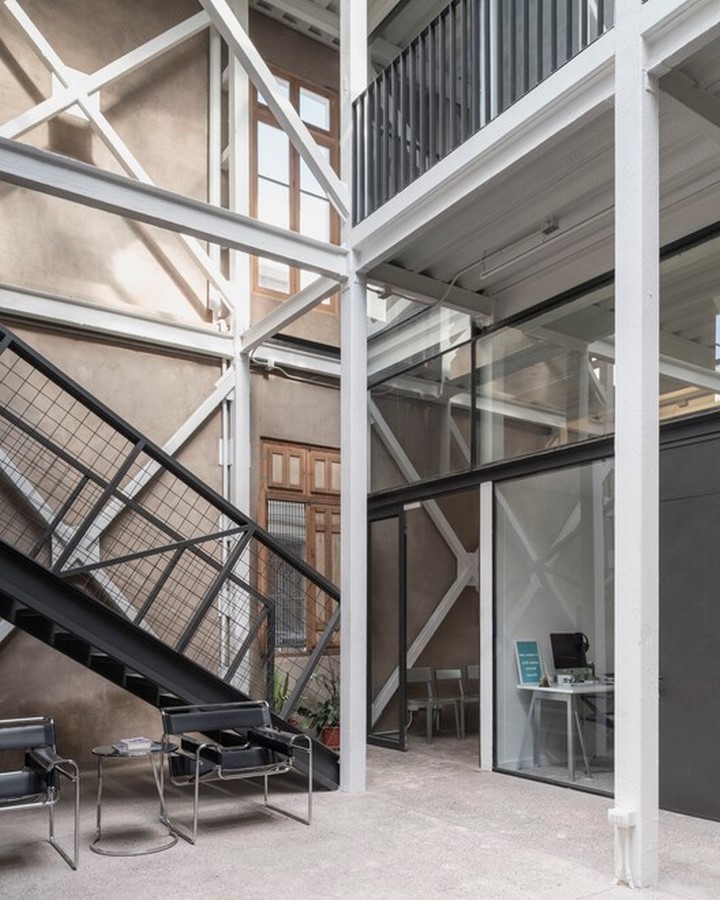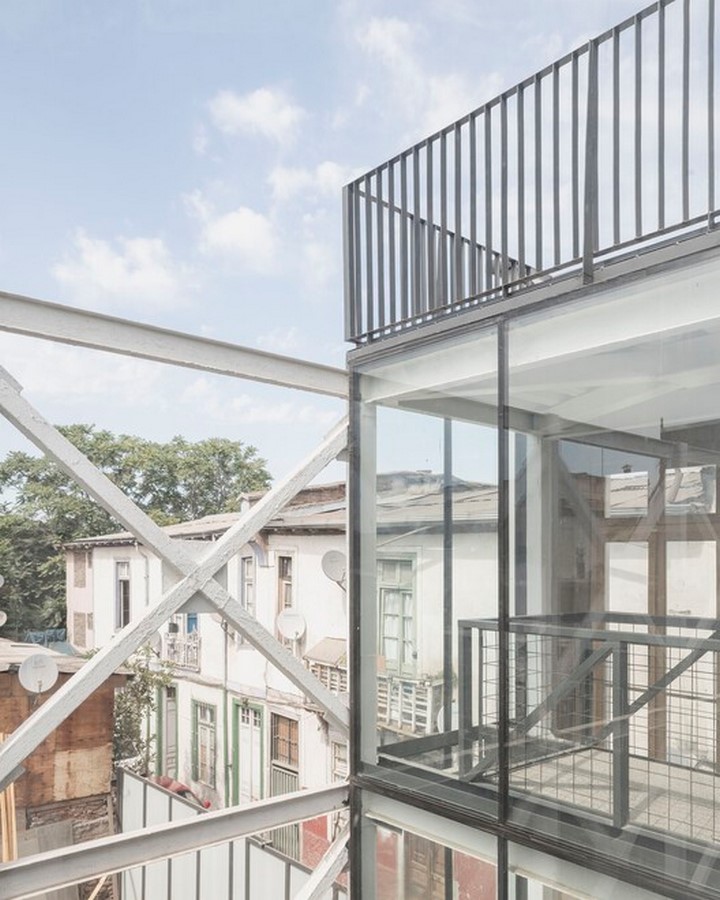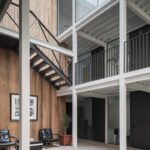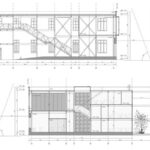Introduction
Casona Compañía stands as a testament to historical preservation and architectural revival. Originally constructed in 1912 by architect A. Ríos T. in Santiago’s Yungay district, this iconic building underwent a transformative restoration process following a devastating fire in 2016.

Preservation and Renewal
The fire inflicted significant damage, particularly to the second floor and the facade facing an outer housing passageway. Nearly uninhabitable, the Casona required extensive restoration to reclaim its former glory.
Collaborative Space Redefined
The restoration project aimed to repurpose the Casona into a vibrant hub for Creative Industries. This vision materialized through a dual approach: preserving the historical facade while integrating modern elements to foster collaboration and creativity.
Historical Facade Revival
The restoration prioritized the preservation of the original facade, meticulously conserving access points, restoring architectural expressions, and reviving the original construction techniques. This meticulous process aimed to retain the building’s historical significance while restoring its structural integrity.

Innovative Interior Design
Internally, the restoration introduced metal latticework to organize the interior space. Serving both aesthetic and structural purposes, the latticework delineates public areas such as cafeterias and multipurpose rooms from private working spaces. This design element facilitates fluidity and interaction within the building.
Natural Light and Spatial Dynamics
A central vacuum within the latticework separates public and private areas, while a triple-height air volume elevation floods the interior with natural light. Wooden elements salvaged from the fire are integrated into the design, adding warmth and character to the renovated space.
Conclusion
The Casona Compañía restoration project exemplifies the delicate balance between historical preservation and contemporary innovation. By honoring the building’s heritage while embracing modern design principles, the project breathes new life into a cherished architectural gem, transforming it into a dynamic space for collaboration and creativity.












